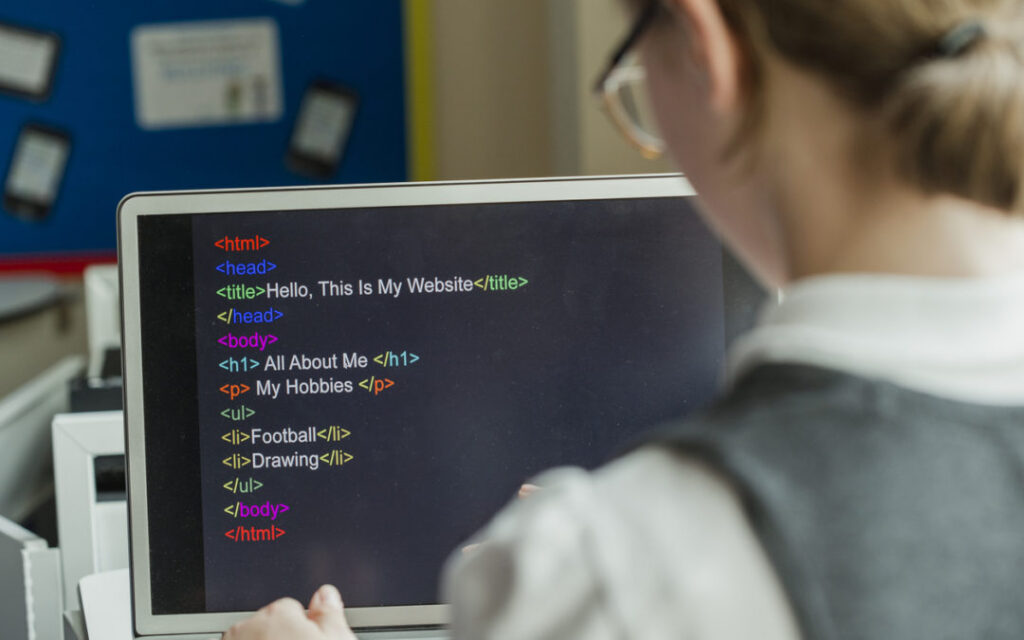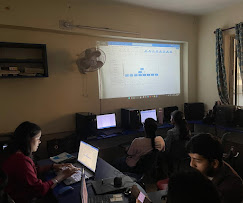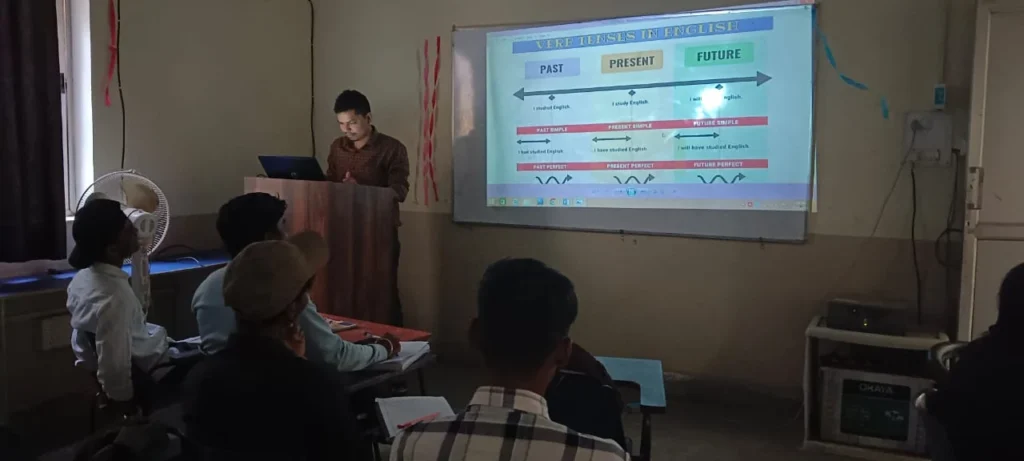Which Training Is Better: Java, Python, or Data Science? A Complete Career Guide
Which Training Is Better: Java, Python, or Data Science? A Complete Career Guide Choosing the right training course is one of the most important decisions for students and job seekers who want to build a successful career in the IT industry. Among the most popular options today are Java, Python, and Data Science. Each of these skills offers excellent career opportunities, but the best choice depends on your interests, background, and career goals. In this blog, we will compare Java, Python, and Data Science training to help you decide which one is better for you. Understanding the Importance of IT Training The IT job market is highly competitive. Companies no longer look only at degrees; they focus on practical skills, problem-solving ability, and real-world experience. Proper training in a relevant technology helps you: Java, Python, and Data Science are among the most in-demand skills globally, making them excellent training choices. Java Training: A Strong and Stable Career Option Java is one of the oldest and most trusted programming languages in the IT industry. It is widely used in enterprise applications, banking systems, Android development, and backend web development. Why Choose Java Training? Career Opportunities After Java Training Java training is ideal for students who want a stable, long-term IT career and enjoy logical problem-solving and system-level programming. Python Training: Flexible and Beginner-Friendly Python has become one of the most popular programming languages due to its simplicity and versatility. It is used in web development, automation, artificial intelligence, machine learning, and data science. Why Choose Python Training? Career Opportunities After Python Training Python training is best for students who want quick results, flexibility, and opportunities across multiple domains. Data Science Training: High Demand and High Salary Data Science is one of the fastest-growing and highest-paying career options today. It involves analyzing large datasets, building predictive models, and making data-driven decisions using tools like Python, SQL, statistics, and machine learning. Why Choose Data Science Training? Career Opportunities After Data Science Training Data Science training is ideal for learners who enjoy working with data, numbers, and analytical problem-solving. Java vs Python vs Data Science: A Quick Comparison Which Training Is Better for You? There is no single “best” course for everyone. The right choice depends on your goals: Conclusion Java, Python, and Data Science training all offer excellent career prospects. Java provides long-term stability, Python offers versatility and fast growth, and Data Science delivers high salaries and future-ready opportunities. The best training is the one that matches your interest, strengths, and career vision.
Which Training Is Better: Java, Python, or Data Science? A Complete Career Guide Read More »








